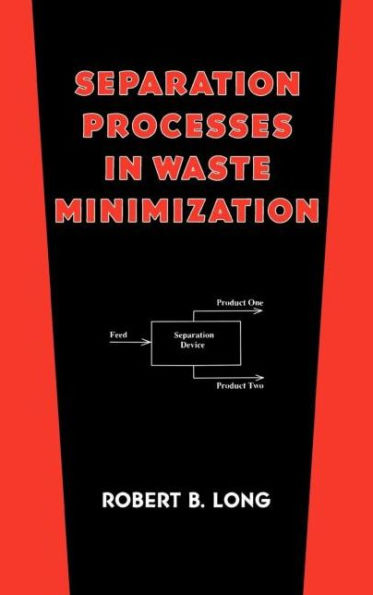Separation Processes in Waste Minimization
This work offers an accessible discussion of current and emerging separation processes used for waste minimization, showing how the processes work on a day-to-day basis and providing troubleshooting tips for equipment that doesn't function according to design specifications. It describes the fundamentals of over 30 processes, types of equipment available, vendors, and common problems encountered in operations with hazardous waste.
1128403061
Separation Processes in Waste Minimization
This work offers an accessible discussion of current and emerging separation processes used for waste minimization, showing how the processes work on a day-to-day basis and providing troubleshooting tips for equipment that doesn't function according to design specifications. It describes the fundamentals of over 30 processes, types of equipment available, vendors, and common problems encountered in operations with hazardous waste.
425.0
Out Of Stock
5
1

Separation Processes in Waste Minimization
480
Separation Processes in Waste Minimization
480Related collections and offers
425.0
Out Of Stock

Product Details
| ISBN-13: | 9780824796341 |
|---|---|
| Publisher: | Taylor & Francis |
| Publication date: | 06/06/1995 |
| Series: | Environmental Science & Pollution , #16 |
| Pages: | 480 |
| Product dimensions: | 6.12(w) x 9.19(h) x (d) |
From the B&N Reads Blog
